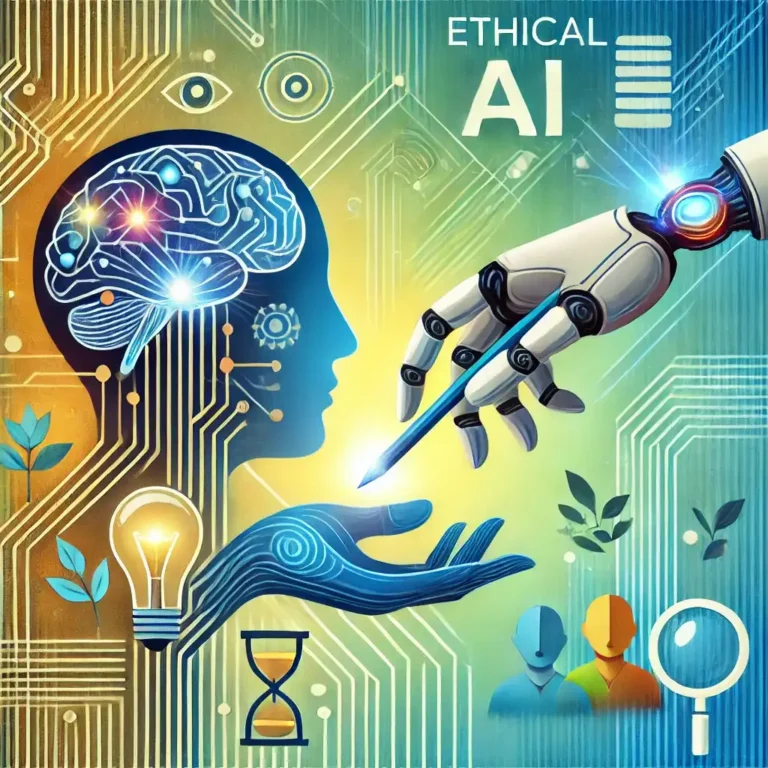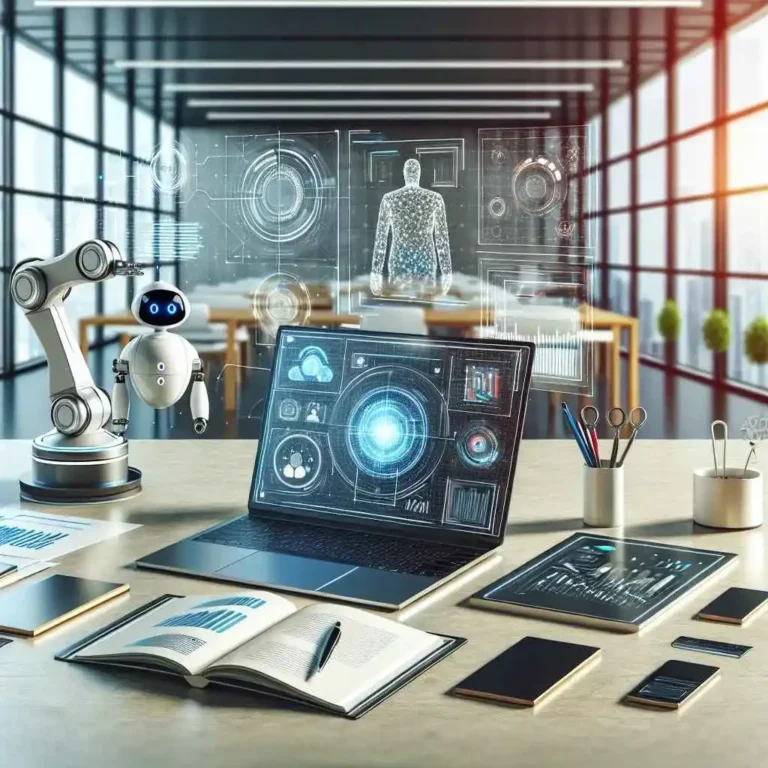Real Time Requirements Gathering Using Technology
Why Requirement Gathering Matters
Introduction:
In the world of software development, success often begins with understanding what users want and need. This part of the process, known as software requirement gathering, is like building the foundation for a house, everything that comes after relies on getting this stage right. But gathering requirements has never been easy. Teams have long faced challenges, from simple miscommunications to the more complicated issues of ambiguous requirements and scope creep, where new needs keep sneaking in and expanding the project unexpectedly.
Now, with artificial intelligence (AI) making waves across industries, there’s an opportunity to approach requirement gathering in a whole new way. AI-driven tools are making the process smoother, clearer, and more precise. By automating tasks and providing smarter insights, these tools are changing how requirements are collected.
Why Gathering Requirement is Important
It is very important to understand why requirement gathering is so important. This stage defines what the software will do, who it’s for, and how it will work. Without solid, clear requirements, developers and stakeholders can easily misalign, leading to wasted time, rework, and sometimes, an end product that doesn’t quite fit the need.
Challenges in traditional requirement gathering:
- Details often get lost between what the client wants and what the team understands and delivers, which leads to the wastage of resources.
- Documenting requirements can be tough, leading to misunderstandings of details.
- Vague requirements often lead to different interpretations, causing inconsistencies later.
- New features and ideas slip in along the way, making it hard to stick to the original plan.
How AI is Enhancing Requirement Gathering
AI has been transforming business processes and gathering of requirements. AI-driven tools are offering new ways to tackle problems, making it very easy to capture, organize, and refine software requirements. Here are some specific ways AI helps:
- AI tools analyze inputs for inconsistencies or vague terms, offering suggestions to clarify details.
- By automating repetitive tasks like categorizing or sorting requirements, AI frees up time for the team to focus on high-priority needs.
- AI-powered chatbots can keep communication going with stakeholders, gathering feedback, and updating requirements as the project evolves.
- AI frameworks create a standardized approach to requirement gathering, reducing the chances of misalignment and minimizing scope creep.
What Is AI-Driven Requirement Gathering?
AI-driven requirement gathering isn’t about replacing humans but rather supporting them with intelligent tools. Here’s a closer look:
- Definition of AI-Driven Requirement Gathering:
AI-driven requirement gathering involves using AI technologies to gather, analyze, and refine software requirements. Key tools include Natural Language Processing (NLP), chatbot and machine learning. - Key Technologies Involved:
- NLP:
It understands and interprets human language better, making it very easy to gather requirements from emails, meetings, or chats. - Chatbots:
Communicate with stakeholders, asking questions and gathering information. - Machine Learning:
Machine learning can analyze user trends, add context to requirements, and help work better.
Using AI in Requirement Gathering
AI brings practical benefits that make a difference in the quality and efficiency of gathering requirements.
Accuracy
AI’s analysis is detailed and objective. It can identify ambiguous statements or language, which is very helpful to reduce misunderstandings that often lead to costly revisions.
Example:
Imagine a chatbot that detects contradictory requirements in two different emails. It can highlight these to ensure clarity before development begins.
Faster Processes
Many tasks like sorting, categorizing, and prioritizing can be automated, which means the team spends less time on administrative work and more time developing a strong product.
Example:
An AI-driven tools can automatically sort requirements into categories (e.g., “must-have” vs. “nice-to-have”), freeing up time for developers and stakeholders to focus on critical features.
Real-Time Communication
AI-powered chatbots enable ongoing dialogue with stakeholders, allowing requirements to adapt as feedback is provided, which helps the development team to stay updated on any shifts in project needs.
Example:
A chatbot could send a weekly survey to stakeholders, collecting feedback and updating the requirements in real-time based on responses.
Standardization and Consistency
AI brings consistency to gather requirements by making sure that a standardized approach is followed across projects. This reduces the risk of inconsistent requirements and scope creep.
Example:
AI frameworks apply a set format to each project’s requirements, making it easier to compare and standardize documentation.
How AI Shapes the Requirement Gathering Process
The role of AI in requirement gathering consists of several practical tools or approaches:
- AI-Powered Chatbots and Virtual Assistants:
Can conduct structured interviews, asking specific questions to get details. Which decreases the chances of human error and ensures that all stakeholders provide clear input. - Natural Language Processing (NLP):
This technology converts unstructured input into organized, actionable requirements. This approach saves the team from manually sifting through piles of information. - Automated Requirement Prioritization:
AI tools prioritize requirements based on factors like business goals and user impact, informed by historical data, the purpose of which is to make sure that high-impact features are given priority. - Continuous Feedback:
AI tools adapt to feedback from stakeholders and continuously refine requirements as the project progresses.
Examples of AI in Action
AI-driven requirement gathering has proven its value.
- Chatbots for Initial Requirement:
A chatbot can gather preliminary requirements from stakeholders, covering all essential points and reducing the need for human-led interviews that may miss important details. - Analyzing User Stories and Feedback:
AI parses user stories and feedback to highlight common issues or trends, helping the team understand user needs better. - AI in Agile and Scrum Teams:
In agile environments, AI helps prioritize and adjust requirements for each sprint, ensuring a smooth and focused workflow.
Challenges in AI-Driven Requirement Gathering
AI-driven tools have many advantages, but there are a few things to keep in mind:
- Learning Curve:
Integrating AI into existing workflows takes time and training, and some team members may initially resist the shift. - Understanding Complex Requirements:
AI tools may not be able to understand highly complex requirements, which is why human oversight is essential to catch subtle details that AI might miss. - Privacy and Data Security:
Requirement gathering may also include sensitive data, and it’s very important to ensure that AI tools comply with privacy regulations to protect stakeholder information.
The Future of AI in Requirement Gathering
AI’s role in gathering requirements will continue to evolve. As machine learning and NLP are becoming more advanced, AI tools will become better at understanding as well as processing the complex requirements. These tools are likely to integrate seamlessly with project management and testing software, making requirement gathering just one part of an interconnected, automated workflow.
These tools empower all sorts of stakeholders even non-technical to actively participate in the requirements-gathering process, creating a more collaborative and user-centered approach.
Concluding Remarks
AI-driven requirement gathering is redefining how teams approach the earliest stages of software development. By increasing accuracy, improving processes, and fostering collaboration, AI helps to avoid the common pitfalls of requirement gathering. However, it is very clear that it cannot replace humans, rather it complements. The best outcome is achieved by using these tools to enhance the expertise of humans.
Action: Are you ready to explore AI tools to gather requirements for your project? If you’ve already used AI in this space, feel free to share your experiences and insights, we would love to hear about them!






